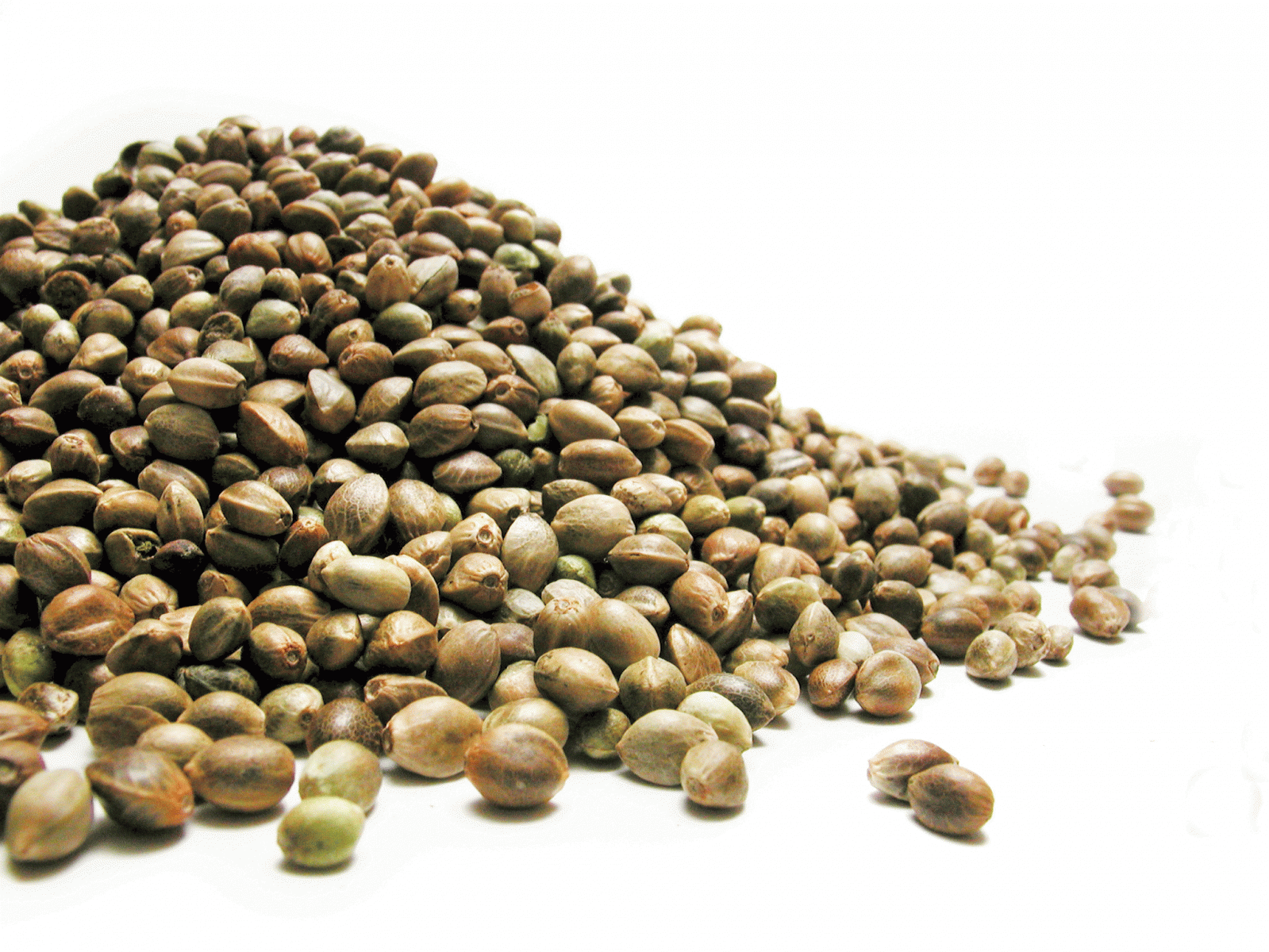The Future is Bright for U.S Hemp Programs
Domestic hemp scored several victories around the same time the DEA seizes a shipment of hemp imports.

Ever since the DEA temporarily seized imported hemp seeds from Kentucky last month, things have been looking bright for U.S. hemp. Twoamendments were passed in Congress to prevent the DEA from interfering with state hemp laws and to prevent their right to seize products intended for state-supported research. Also, the first legal industrial hemp field was also planted in the United States.
While the DEA was feuding with the Kentucky Department of Agriculture over one shipment of imported hemp seeds, another shipment quietly made its way to the Department before being sent to Murray State University for planting. Those seeds are were planted on May 12, and, according to Kentucky’s five-pronged plan for statewide hemp research, they will be researched for their potential as a source of industrial hemp fiber.
In an interview with U.S. Hemp Oil (San Diego) at June's Ingredients Marketplace tradeshow in New York, Nutritional Outlook learned of the involvement this company will have with the Murray State project.
“We’re basically supplying seed logistics and funding for the university to grow industrial hemp there, and they can determine if this will be a good fiber crop and really do the research at the academic university level,” said U.S. Hemp Oil vice president Chris Boucher, who in 1994 became the first person in over 50 years to grow industrial hemp in the United States through the USDA. “We’re being really transparent with it, and we want to share our information with the local farmers. ‘Hey, if you’re going to grow this crop, this is what you need to do, and these are the yields that you can expect.”
U.S. Hemp Oil hopes to buy these hemp yields from farmers and produce certified industrial hemp ingredients with its own factories and mills, thereby creating new jobs for farmers in rural America.
“We’re going to have a billion dollar industry here,” said Boucher. “But how long is it going to take to ramp up? If you look at the Canadian model, they planted thousands acres in their first year. We can do the same thing.”
[Photo ©iStockphoto.com/flisk]
Robby Gardner
â¨Associate Editor
â¨Nutritional Outlook magazine
â¨robby.gardner@ubm.com
Senate Committee has released the text of 2024 Farm Bill, with changes to hemp regulations
November 19th 2024The U.S. Senate Committee on Agriculture, Nutrition, & Forestry has introduced the Rural Prosperity and Food Security Act, which will serve as the Senate’s draft for the 2024 Farm Bill.
NPA’s lawsuit against FDA on NMN stayed pending agency’s decision on citizen petition
November 6th 2024The court has granted a joint motion for stay filed by NPA and FDA, pending the agency's decision on the citizen petition asking FDA to reverse its stance on NMN's status as a dietary ingredient.